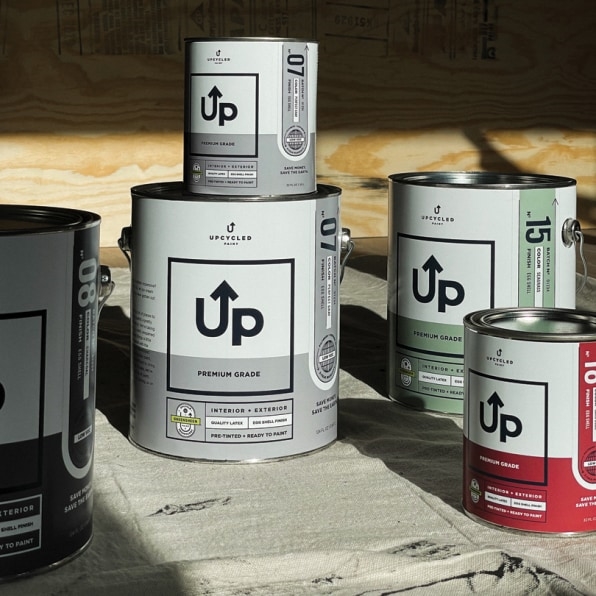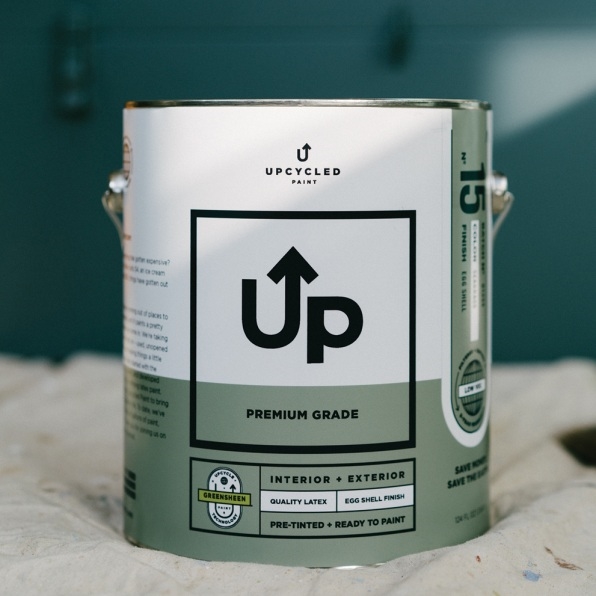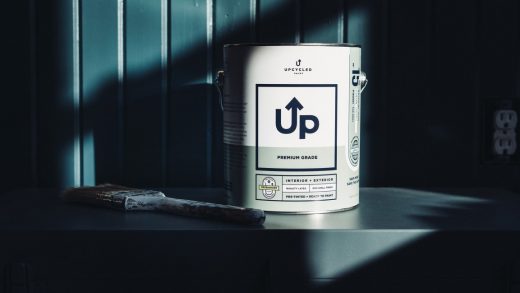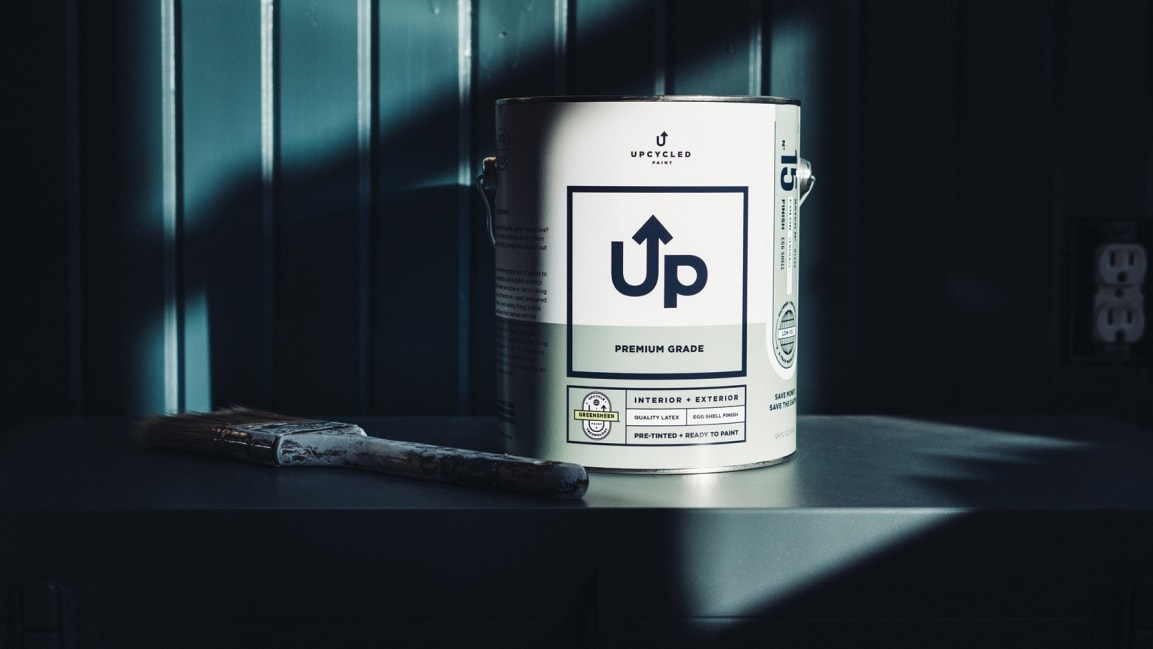75 million gallons of paint is wasted each year. This startup turns them into brand new cans
Anyone who has ever repainted a room knows it’s better to buy too much paint than not enough. But when you multiply that across the country, it means that 10% of the 750 million gallons of paint purchased every year goes to waste.
Up Paint, a newly launched startup, has a solution. It collects used paint from drop-off locations across the country, processes and purifies it, and then adds its own pigments to create one of 18 colors in its line. The brand is designed to appeal to environmentally-minded consumers, but it also provides good value, since, at $40 a gallon, the paint is cheaper than many other brands on the market.

Dustin Martin, Up Paint’s founder, is a veteran of the paint industry and says over the past decade, there’s been a growing awareness about the problem of unused paint. Household paint comes in two varieties—latex and oil-based—both of which contain lots of toxic chemicals. If you simply toss old cans in the trash, it sends hazardous waste into landfills, contaminating the groundwater.
The Environmental Protection Agency has been developing policies to encourage consumers and contractors to collect used paint to be safely thrown out–or even better, reused or recycled. In 2011, Oregon was the first state to pass a law requiring paint manufacturers to develop a system to collect leftover paint and responsibly dispose of it. This has now expanded to 11 states, including New York and California. A nonprofit called Paint Care, founded by a paint manufacturer trade group, has created a system of drop-off sites in these states to collect old paint and process it. “Right now, there’s a patchwork system of collecting unused paint that varies from state-to-state,” says Martin. “But it has created an opportunity for us to upcycle this paint and sell it through our brand.”
Up Paint partnered with Paint Care and paint recycling company GreenSheen to create its paint. At several processing plants across the country, gallons of leftover latex paint are collected and separated by color. (Up Paint doesn’t work with oil paint.) Martin says the colors don’t need to match exactly; paints that are a general shade of blue or green or yellow can be grouped together. Paints of a particular color are then processed through a machine that removes impurities like dust; then thinners and other chemicals are added to create the right texture. “The formula for latex paint is very similar across brands,” says Martin. “This consistency is helpful because it allows us to reprocess the paint.”

The result is batches of paint in different shades. The company then adds new pigment to create the 18 colors within its line. Thanks to color-matching technology, Up Paint is able to create consistent colors from one batch to the next, even though the base paint color may vary. So, for instance, it takes the vat of blue paint and adds exactly the right pigment required to create Up Paint’s “Sky” blue color. “From the paints that are collected, we get a sense of what colors are trendy at the moment,” says Martin. “We have a range of neutral colors, like cream and sand, along with several accent colors, like yellow and purple.”
Right now, Up Paint sells its paint online and at a retail chain called Tractor Supply. But Martin says he’s working with another major retailer, which he can’t yet disclose, to create local up-cycling programs. The idea would be that customers could drop off unused paint at the store, and Up Paint would process the paint at a small warehouse on site and sell the upcycled paint at that same location. “This would be the most sustainable approach, since paint is heavy and it requires a lot of carbon emissions to ship cans of paint across the country,” he says.
Martin says the brand is able to provide good value because it doesn’t pay for the paint collected from consumers; its main costs involve purifying the paint, adding pigment, and packaging it in cans. “It’s a win-win,” he says. “It’s better for the planet, but it’s also better for the customers’ wallet.”
(41)



